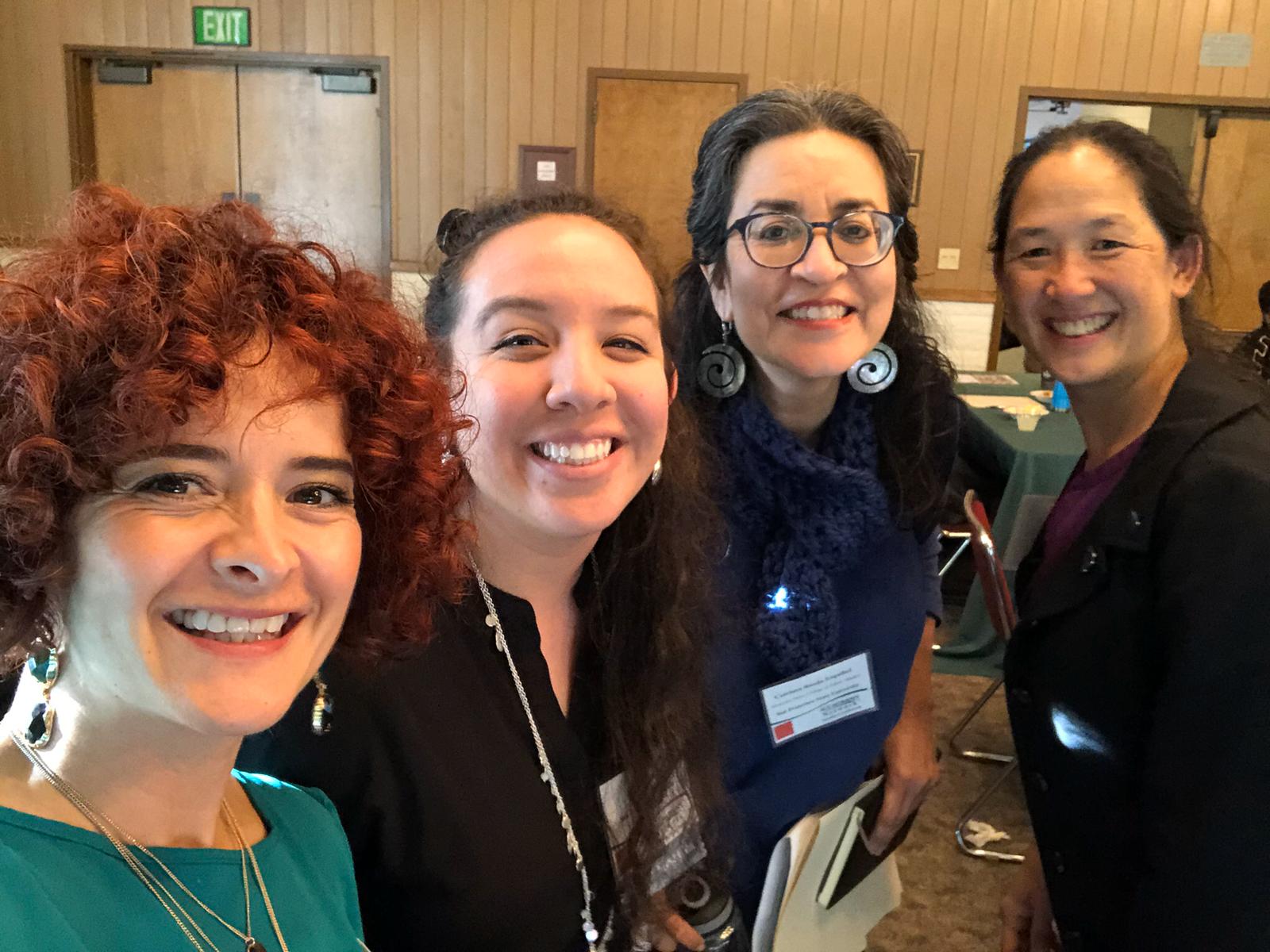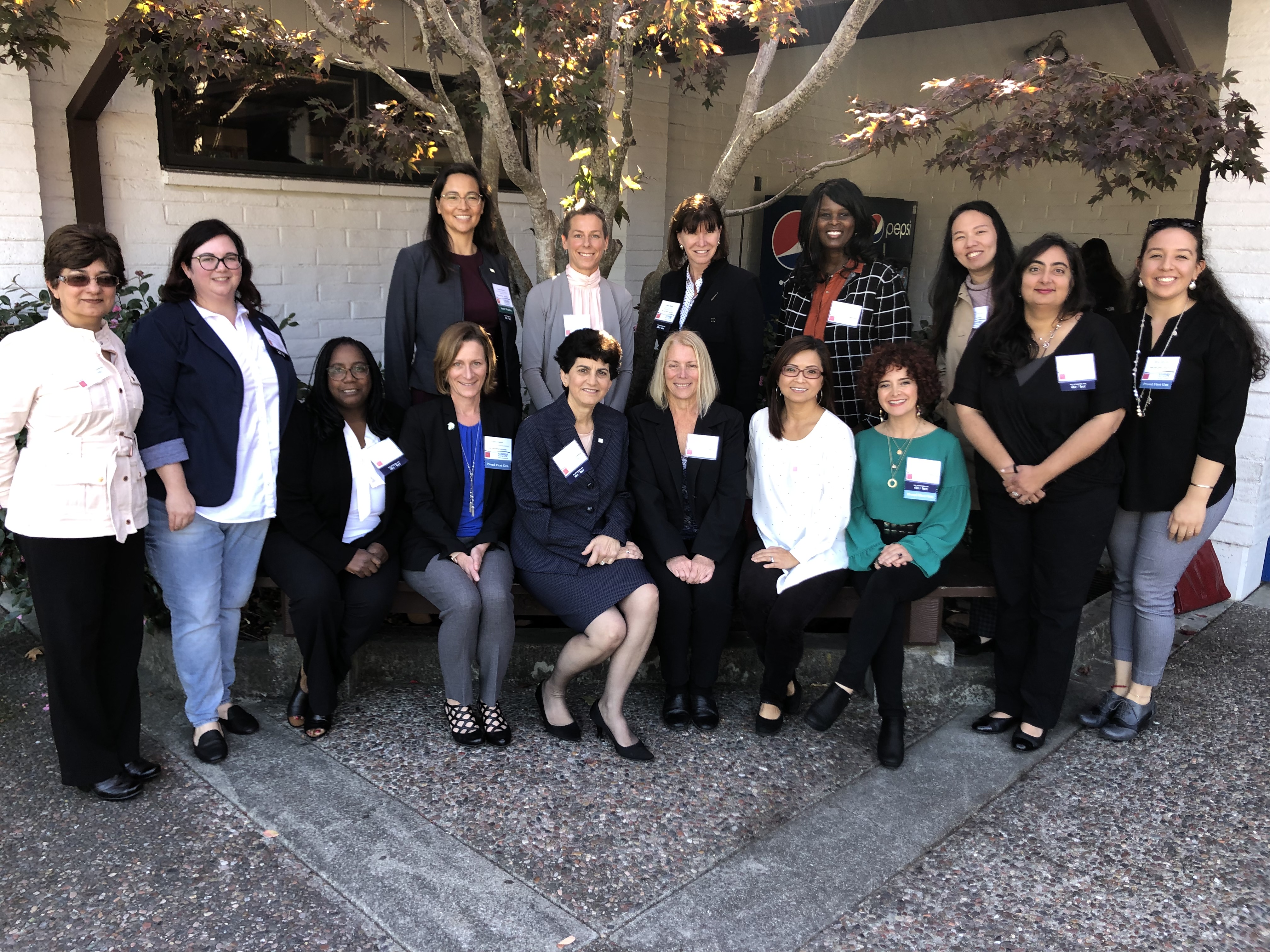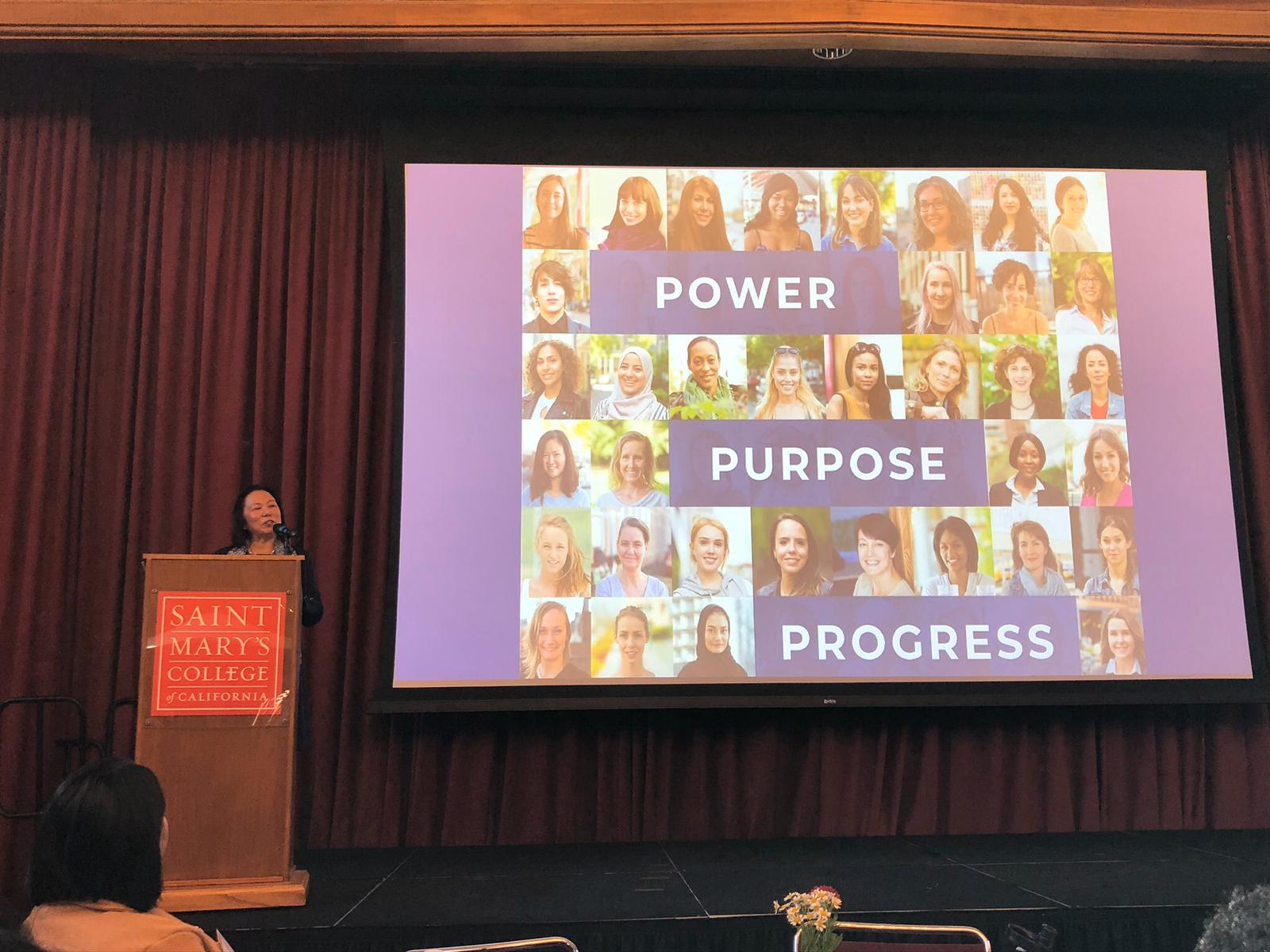Dr. Mary A. Papazian
Recently, I attended the Fall Conference of the American Council on Education (ACE) Women’s Network of Northern California, an organization I joined a couple of years ago as a presidential sponsor. I am delighted to know that our campus will host this conference next October!
Being with my SJSU colleagues and other women leaders in the higher education field was, and always is, energizing. The conference theme was “Power, Purpose, Progress,” and a great deal of time was spent on storytelling. Attendees, including myself, shared their experiences rising through the leadership ranks, including the challenges and barriers they encountered. I learned a great deal and found inspiration in the stories I heard.
Advancing opportunities for women in executive roles in higher education is deeply important work. None of us succeeds alone, and women especially know the immense value of professional networks in helping us along our way.
Throughout my career, from my days as a PhD candidate through the growing challenges of university teaching, scholarship and leadership, I have benefited from the generosity of many advisors, mentors, and supporters both inside and outside the academy. I cannot thank them all enough, and so my obligation now is to pay it forward for upcoming generations.
At the ACE pre-conference Board meeting and dinner, for example, I was invited to sit at a table and talk about my leadership journey. I was delighted to be able to do this and hope the women around me found value in what I discussed. One anecdote I shared involves the period in my academic career when I left Michigan’s Oakland University in 2004.
I had accepted an offer to become Dean of Montclair State University’s College of Humanities and Social Sciences. I remained in the New Jersey/New York/Connecticut vicinity for 14 years, but most people probably do not realize that I purposely chose this region in order to avoid disruptive family moves (my daughters were still young at the time). I knew the Tri-State region would offer many opportunities for professional growth, but these kinds of choices—those that must take into account certain externalities—are often different for women compared to their male counterparts.

Surveys have shown, in fact, that many women have chosen to alter their career paths in order to care for a spouse, children or parents. This may be one reason why women are still greatly under-represented in the ranks of university administration and leadership across the nation, despite the increasing numbers of women college graduates.
Certainly the picture has improved since my own early days as an administrator, but there is much more we must do together to ensure that the leadership in higher education appropriately reflects the diversity of our society and can better meet the complex and diverse needs of our students, faculties, communities and employers.
Again, this is what the ACE Women’s Network is all about: effectively harnessing the experience, wisdom and power of women leaders to help find, prepare and move more women into college presidencies and other executive and leadership positions. Each of us can serve as door-openers, role models and sounding boards so that women seeking advancement are not alone and can use this network to benefit both women’s careers and college administration.
I was asked by a journalist some time ago how having women in leadership roles in higher education can change the culture of an organization, and what the contrasts are with colleges predominantly run by men.
I responded by pointing out that men and women can learn from one another, and that the most effective organizations feature the full spectrum of leadership qualities exhibited by either gender. For example, many male leaders are hailed for their “decisive” or “firm” leadership traits. Women, on the other hand, are considered by some to be more collaborative and more inclusive by nature.
Whether any of these assumptions are actually accurate or not is a discussion for another time. But isn’t it rather limiting, placing male leaders in one leadership box while relegating women to another one? Shouldn’t we be allowing spaces for any leader—whatever their gender identity—to be exercising the leadership qualities that work best for them?
Any organization will benefit from a mix of leadership characteristics, and leaders should be encouraged to develop the myriad approaches based on who they are as individuals. Often, I fear, women are expected to conform to a “woman’s version” of male leadership (or, less commonly, men may be limited to a “male version” of female leadership).
These are the kinds of issues we explore through the ACE Women’s Network. As a fourth-generation Californian, I have seen and experienced profound changes in our state and in our colleges, especially in the incredible diversity of our population. And while we have made tremendous progress in breaking down barriers to opportunity, our work is never done; there is so much more we must do to achieve our ambitious goals. What has not changed, however, is our collective commitment to make our colleges and California the best they can be.
That is one of the many valuable things about the ACE Women’s Network, as well as Higher Education Resource Services (HERS), another important leadership development and research organization that works to create and sustain a diverse network of women leaders in higher education. I am proud to serve as Vice Chair on the HERS Board, and I am grateful for both ACE and HERS’ support and commitment to women’s equity.

